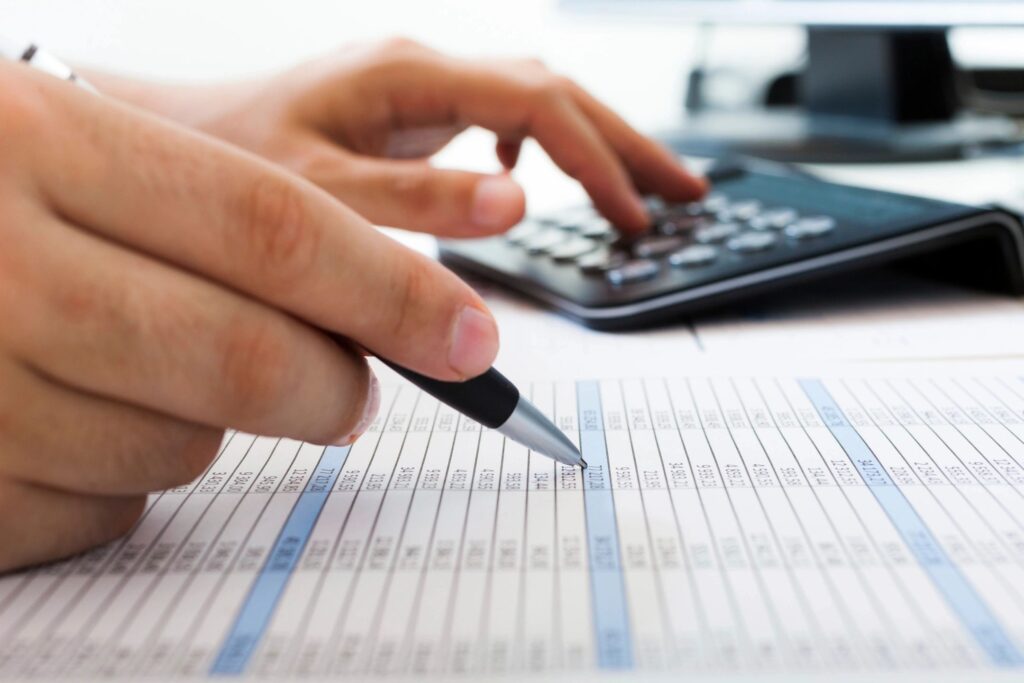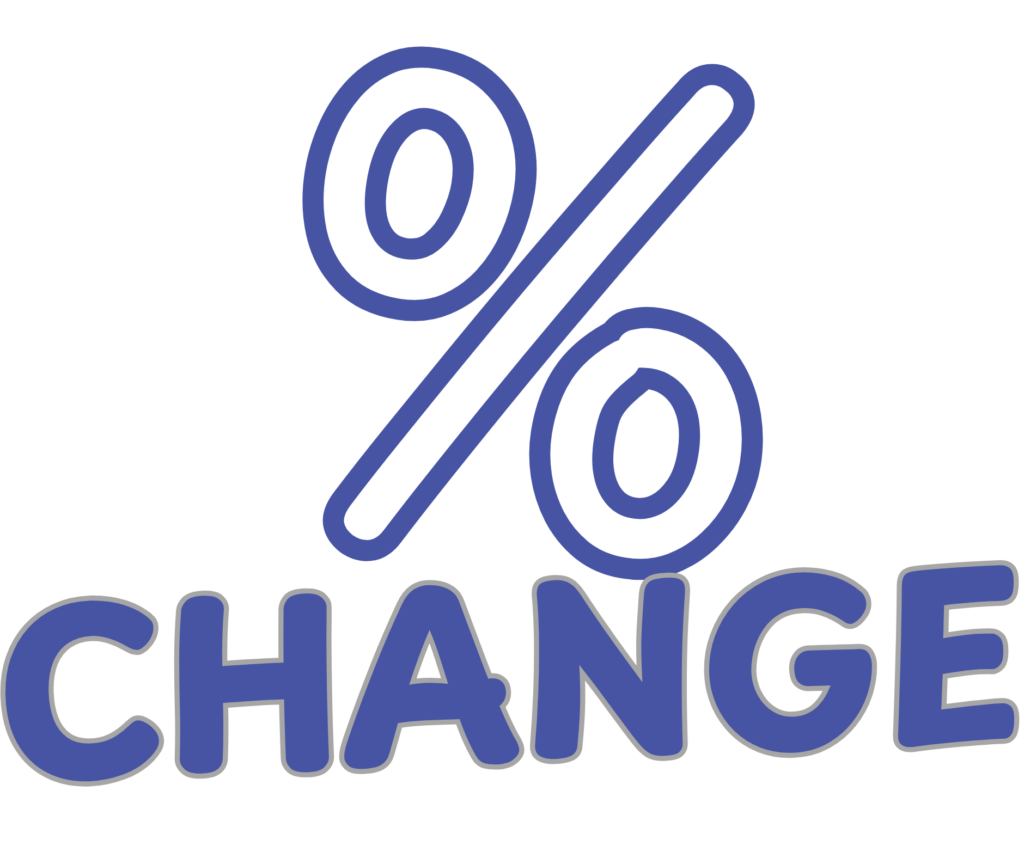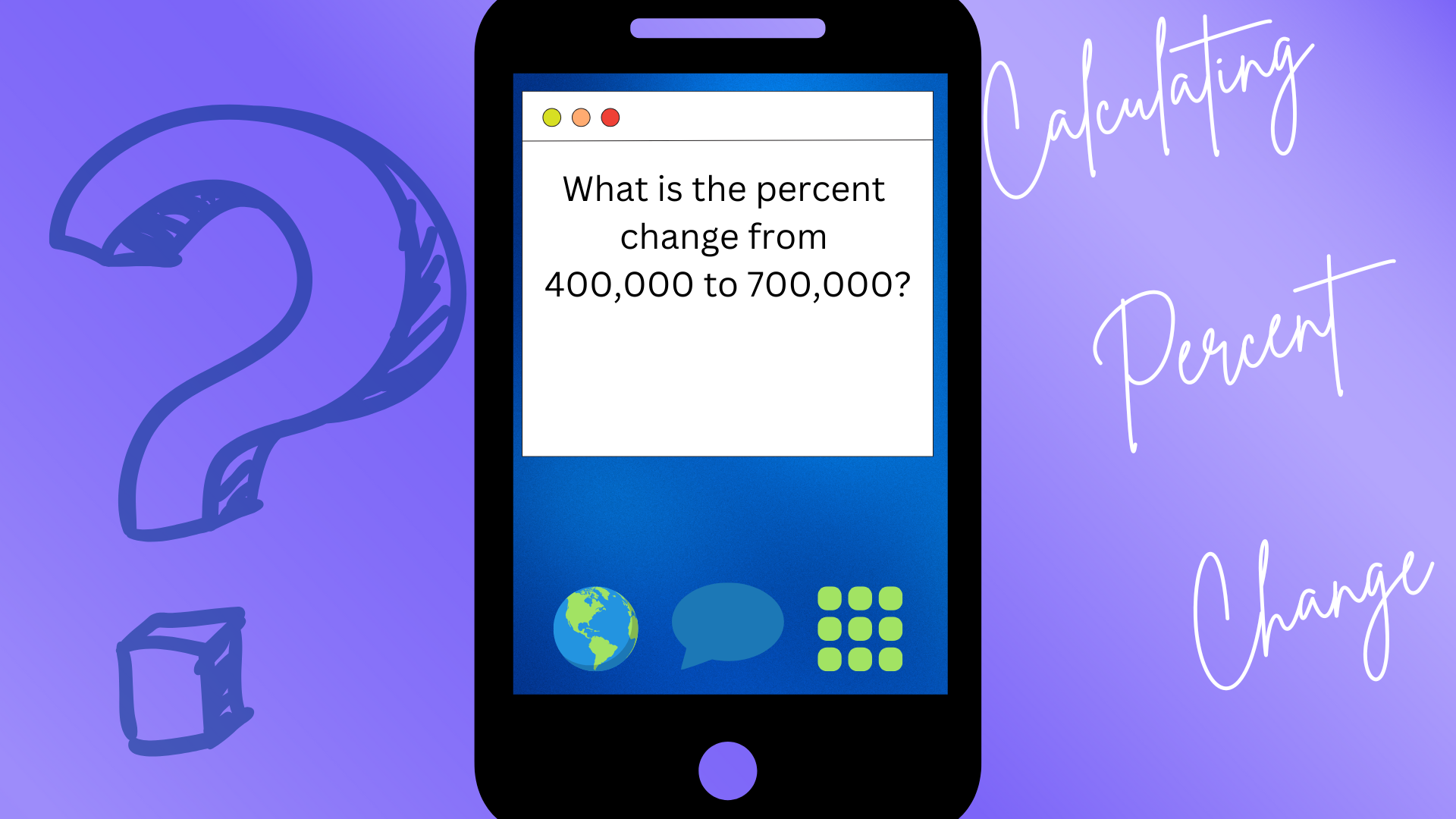How to Calculate Percent Change From 400,000 to 700,000 : Step-by-Step Guide
Calculating percent change is a common mathematical skill used in various fields, from finance to science to daily life. Whether you’re comparing price fluctuations, determining growth rates, or analyzing data changes over time, knowing how to calculate percent change can be extremely useful.
In this article, we’ll dive into a step-by-step guide on how to calculate percent change, using a practical example: finding the percent change from 400,000 to 700,000. We’ll explain each step in detail, break down the formula, and show how you can apply this concept to different scenarios.
What is Percent Change?
Before we jump into the calculations, let’s first define what percent change is. Percent change is a way to express the difference between an initial value and a new value as a percentage of the initial value. It is commonly used to show how much something has increased or decreased relative to its original value.
In other words, percent change answers the question: “By what percentage has the value increased or decreased from the original to the new value?”
The formula for percent change is:
Percent Change=(New Value−Old ValueOld Value)×100\text{Percent Change} = \left( \frac{\text{New Value} – \text{Old Value}}{\text{Old Value}} \right) \times 100
Where:
- New Value is the updated or current value.
- Old Value is the original or starting value.
- The result is expressed as a percentage.
Step-by-Step Guide on How to Calculate Percent Change
Now that we understand what percent change is, let’s go ahead and calculate it using a real-world example. We will calculate the percent change from 400,000 to 700,000.
Step 1: Identify the Old and New Values
The first step in calculating percent change is identifying the old value and the new value. In this case:
- Old Value (Initial Value) = 400,000
- New Value (Final Value) = 700,000
Step 2: Find the Difference Between the New Value and the Old Value
Once you’ve identified the values, the next step is to find the difference between the new value and the old value. This is calculated by subtracting the old value from the new value:
Difference=New Value−Old Value\text{Difference} = \text{New Value} – \text{Old Value}
Substitute the values:
Difference=700,000−400,000=300,000\text{Difference} = 700,000 – 400,000 = 300,000
The difference between 700,000 and 400,000 is 300,000. This tells us how much the value has increased.
Step 3: Divide the Difference by the Old Value
Next, we need to calculate the ratio of the difference to the old value. This helps us understand how significant the change is in relation to the original number.
DifferenceOld Value=300,000400,000=0.75\frac{\text{Difference}}{\text{Old Value}} = \frac{300,000}{400,000} = 0.75
This result means that the difference (300,000) is 0.75 times the original value (400,000).
Step 4: Multiply by 100 to Get the Percent Change
Now, to convert the decimal (0.75) into a percentage, we multiply it by 100:
Percent Change=0.75×100=75%\text{Percent Change} = 0.75 \times 100 = 75\%
So, the percent change from 400,000 to 700,000 is 75%.
This means that the value has increased by 75% from the original amount of 400,000 to the new value of 700,000.
Practical Applications of Percent Change
Understanding how to calculate percent change is useful in many real-world contexts. Here are a few common situations where percent change can be applied:
1. Price Increase or Decrease
When the price of an item increases or decreases, you can calculate the percent change to understand how significant the change is. For instance, if the price of a car goes from $20,000 to $22,000, you can calculate the percent change to see the percentage by which the price has increased.
2. Revenue or Sales Growth
Businesses often use percent change to measure the growth or decline in revenue over time. If a company’s revenue grows from $1 million to $1.2 million, calculating the percent change will show the company’s growth rate.
3. Stock Market Analysis
Investors use percent change to track the performance of stocks. By calculating the percent change between the opening and closing prices, they can determine whether the stock has gone up or down, and by what percentage.
4. Population Growth
Percent change is commonly used to calculate population growth or decline. If a city’s population increases from 500,000 to 550,000 over a year, the percent change shows how much the population grew during that time.
5. Scientific Measurements
In science, percent change is used to measure changes in experimental data, such as the change in temperature, volume, or mass of a substance during an experiment. This allows researchers to quantify how much a variable has changed compared to its original state.
Important Notes About Percent Change
- Positive Percent Change: When the new value is higher than the old value, the result will be a positive percent change, indicating an increase.
- Negative Percent Change: If the new value is lower than the old value, the result will be negative, indicating a decrease. In this case, you can either express the percent change as a negative number or simply say the value has “decreased by X%.”
- Zero Percent Change: If there is no difference between the old value and the new value (i.e., the values are equal), the percent change will be 0%, indicating no change.
Example of a Decrease in Percent Change
Let’s take another example where there is a decrease. Suppose you have an investment of $500,000, and it drops to $300,000. To calculate the percent decrease:
- The difference: 500,000−300,000=200,000500,000 – 300,000 = 200,000
- The ratio: 200,000500,000=0.4\frac{200,000}{500,000} = 0.4
- The percent change: 0.4×100=40%0.4 \times 100 = 40\%
This means the value decreased by 40%.
Conclusion for what is the percent change from 400,000 to 700,000?
Calculating percent change is an important skill that can be applied in a wide range of scenarios, from business and finance to everyday life. By following a simple four-step process—identifying the old and new values, finding the difference, dividing by the old value, and multiplying by 100—you can easily determine how much something has increased or decreased in percentage terms.
In the example we worked through, we found that the percent change from 400,000 to 700,000 is 75%. With this knowledge, you can now apply the percent change formula to a variety of real-world situations, helping you analyze data, track growth, and make informed decisions.


